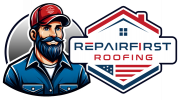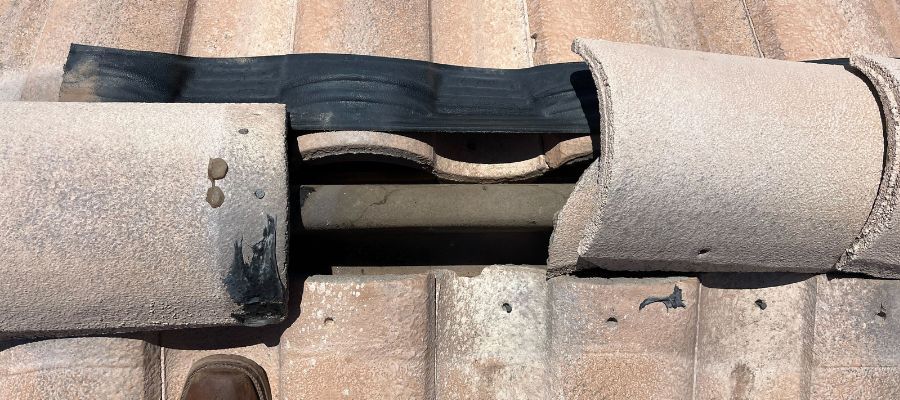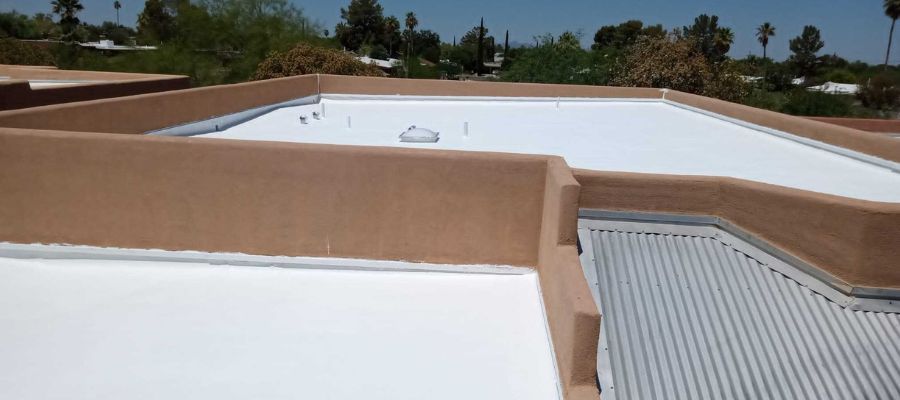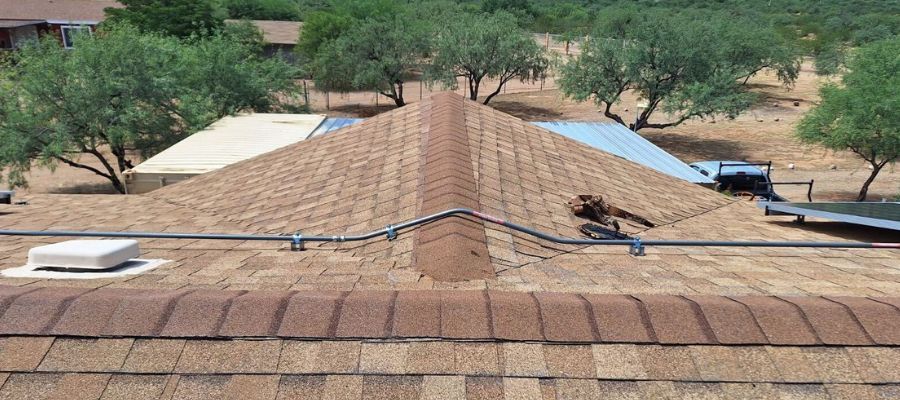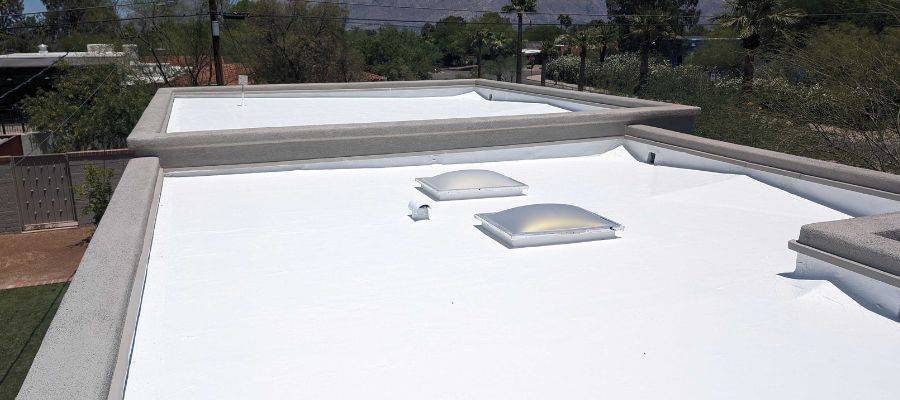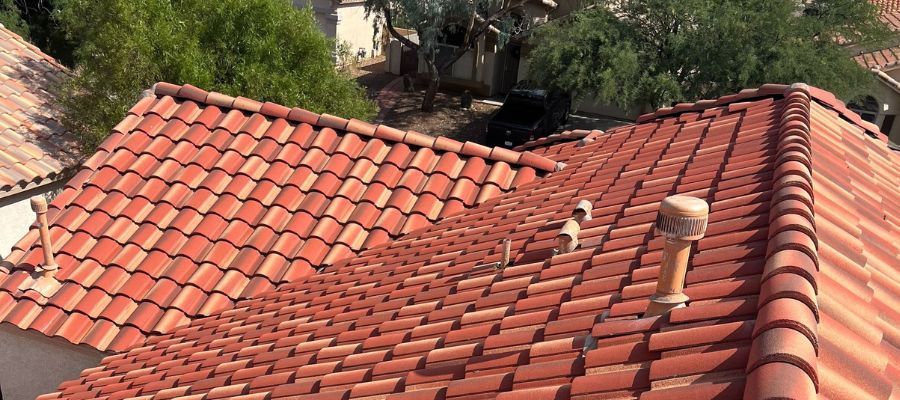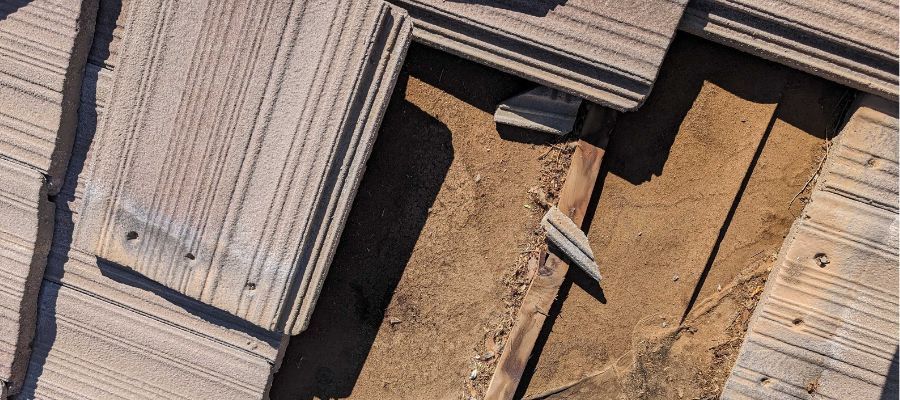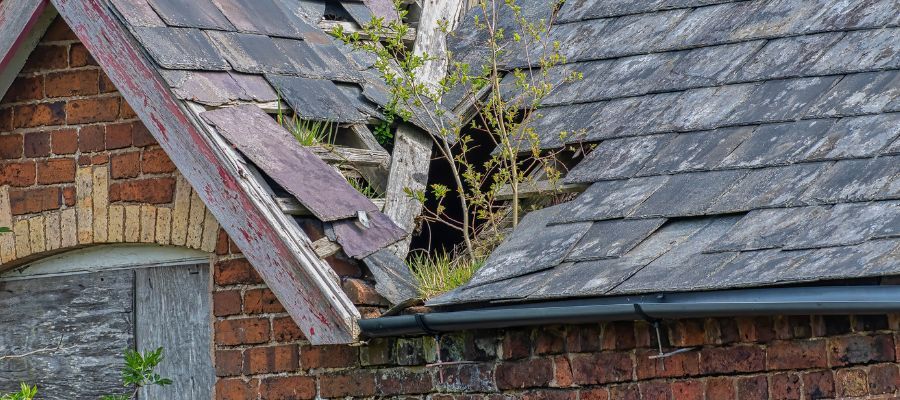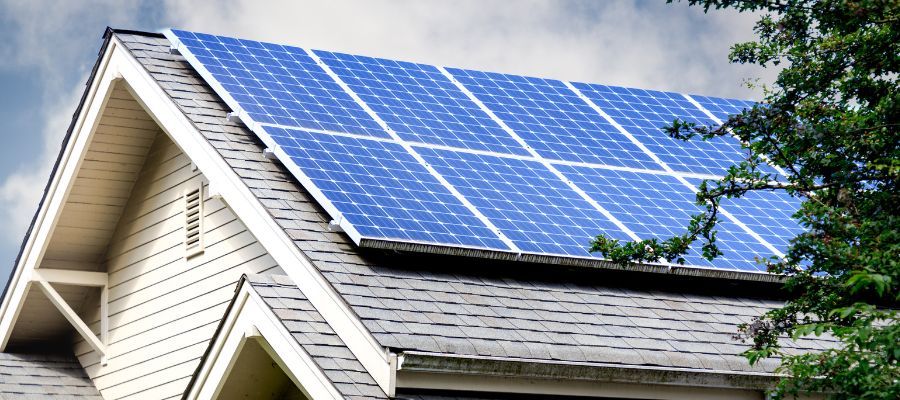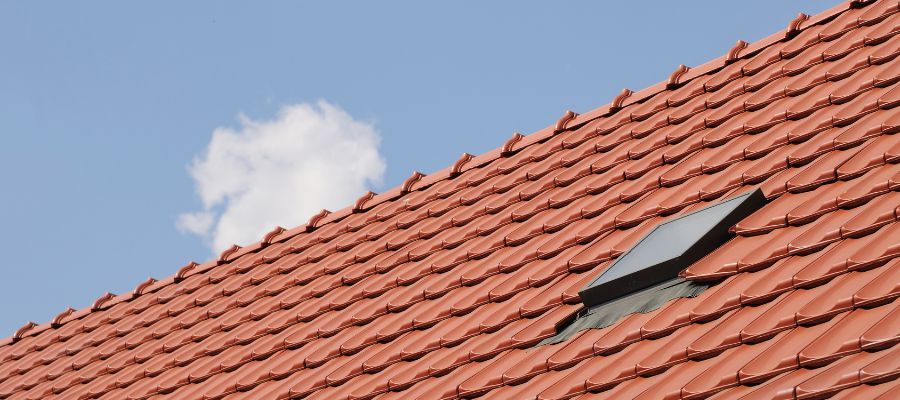The Benefits of Regular Roof Inspections
The Benefits of Regular Roof Inspections
Your roof is one of the most critical components of your home, providing protection against the elements and contributing to the overall structural integrity of your property. However, because it’s out of sight, it can often be out of mind—until a problem arises. Regular roof inspections are essential for maintaining the health of your roof and preventing costly repairs down the line. In this blog, we’ll highlight the importance of regular roof inspections, what homeowners can expect during an inspection, and how these inspections can save you money in the long run.
Why Regular Roof Inspections Are Important
Regular roof inspections play a crucial role in the longevity and performance of your roof. Over time, roofs are subjected to a variety of stressors, including harsh weather, temperature fluctuations, and general wear and tear. Without regular inspections, minor issues can go unnoticed and develop into significant problems, leading to expensive repairs or even the need for a full roof replacement. Here’s why regular inspections are so important:
Early Detection of Problems
A professional roof inspection allows for the early detection of potential problems, such as cracked or missing shingles, damaged flashing, or leaks. Identifying these issues early on can prevent them from worsening and causing more extensive damage to your roof and home. By catching problems early, you can address them before they require costly repairs.
Prevention of Water Damage
Water damage is one of the most common and destructive issues that can affect a roof. Leaks and moisture infiltration can lead to rot, mold growth, and structural damage within your home. Regular inspections help ensure that your roof’s waterproofing elements, such as shingles, flashing, and seals, are intact and functioning properly, reducing the risk of water damage.
Prolonged Roof Lifespan
By keeping your roof in good condition through regular inspections and maintenance, you can significantly extend its lifespan. Addressing minor issues promptly prevents them from escalating into major problems that could compromise the integrity of your roof. This proactive approach not only saves you money on repairs but also delays the need for a full roof replacement.
Protection of Home Value
Your roof is a vital part of your home’s value and curb appeal. A well-maintained roof not only protects your home but also enhances its aesthetic appeal and market value. Regular inspections ensure that your roof remains in top condition, preserving your investment and making your home more attractive to potential buyers should you decide to sell.
Compliance with Warranty Requirements
Many roofing warranties require regular inspections and maintenance to remain valid. By scheduling regular inspections, you ensure that you comply with the terms of your warranty, protecting your investment and avoiding potential issues if you need to file a warranty claim.
What to Expect During a Roof Inspection
Homeowners often wonder what happens during a roof inspection. A thorough inspection typically includes several key steps, each designed to assess the overall health of your roof:
Exterior Inspection
The inspector will examine the exterior of your roof, looking for signs of damage such as missing, cracked, or curled shingles, damaged flashing, and worn seals around roof penetrations like chimneys and vents. They will also check for any debris or blockages in the gutters that could affect drainage.
Interior Inspection
The inspector will then check the interior of your home, particularly the attic, for signs of water damage, mold, or rot. They will look for any signs of leaks or moisture infiltration that could indicate a problem with the roof’s integrity.
Assessment of Ventilation and Insulation
Proper ventilation and insulation are critical to the performance and longevity of your roof. The inspector will assess the condition of your attic’s ventilation and insulation systems, ensuring they are functioning correctly and contributing to a healthy roof environment.
Detailed Report and Recommendations
After the inspection, the roofing professional will provide you with a detailed report outlining the condition of your roof and any issues that were identified. They will also offer recommendations for repairs or maintenance, helping you make informed decisions about how to proceed.
Frequently Asked Questions
How often should I have my roof inspected?
It’s recommended to have your roof inspected at least once a year, preferably in the spring or fall. Additionally, you should schedule an inspection after any severe weather events, such as heavy storms or hail, to check for damage.
Can I perform a roof inspection myself?
While homeowners can perform a basic visual inspection from the ground, it’s best to hire a professional roofing contractor for a comprehensive inspection. Professionals have the expertise and equipment to safely and thoroughly assess your roof’s condition.
What are the signs that my roof needs an inspection?
Signs that your roof may need an inspection include visible damage to shingles, leaks or water stains inside your home, sagging areas on the roof, or debris in the gutters. If you notice any of these issues, it’s important to schedule an inspection promptly.
How much does a roof inspection cost?
The cost of a roof inspection can vary depending on the size of your home and the complexity of the roof. However, the investment in a professional inspection is well worth it, considering the potential savings from preventing major repairs.
What should I do if the inspection reveals damage?
If the inspection reveals damage, it’s essential to address it as soon as possible. Your roofing contractor will provide recommendations for repairs or maintenance, and it’s important to follow through to prevent further damage and maintain the integrity of your roof.
Conclusion
Regular roof inspections are a vital part of home maintenance that can save you time, money, and stress. By detecting problems early, preventing water damage, and prolonging the lifespan of your roof, inspections help ensure that your home remains safe and protected. If you haven’t had your roof inspected recently, now is the time to schedule one.
At Repair First Roofing, we offer comprehensive roof inspection services to help you keep your roof in top condition. Contact us today to schedule an inspection and enjoy peace of mind knowing your roof is well-maintained and ready to protect your home.
